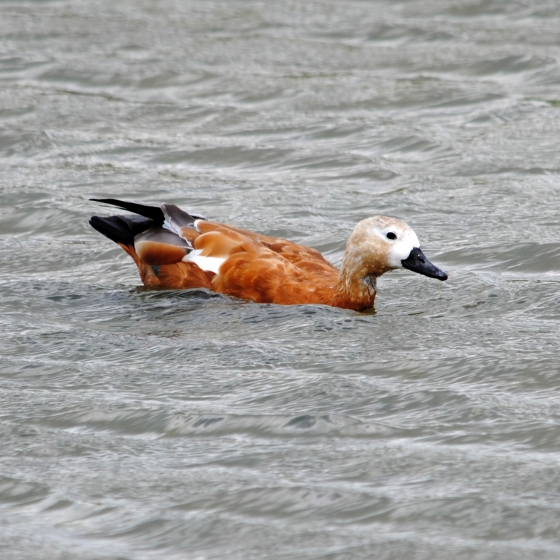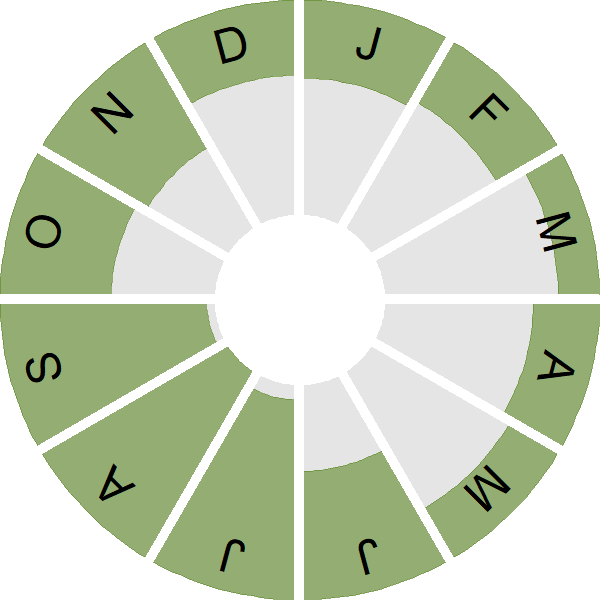Ruddy Shelduck

Introduction
In some Buddhist countries the Ruddy Shelduck is protected because its colour is said to resemble that of a monk's robes. During migration, Ruddy Shelduck have been recorded flying at heights of up to 6,800 m.
Most records are undoubtedly of escapees from collections, and the situation is complicated by the growth of feral populations in Germany that migrate to The Netherlands to moult; wild individuals from their breeding grounds in SE Europe and central Asia may have occurred, the challenge is in proving it

Key Stats
Identification
Songs and Calls
Call:
Status and Trends
Conservation Status
Population Size
Population Change
Population trends of this scarce species are not routinely monitored.
Distribution
There are historical records that may relate to genuine vagrants from breeding grounds in southeast Europe, north Africa and Central Asia, but it is thought that most birds recorded nowadays are escapes from wildfowl collections. Winter records mainly in southern and central England. There is a small feral breeding population the southern half of Britain.
Occupied 10-km squares in UK
or view it on Bird Atlas Mapstore.
or view it on Bird Atlas Mapstore.
European Distribution Map
Distribution Change
Change in occupied 10-km squares in the UK
or view it on Bird Atlas Mapstore.
or view it on Bird Atlas Mapstore.
Seasonality
Sporadic records of Ruddy Shelducks throughout the year are likely to be escaped and naturalised individuals possibly supplemented by immigrants from naturalised and wild populations on the continent.
Weekly pattern of occurrence
The graph shows when the species is present in the UK, with taller bars indicating a higher likelihood of encountering the species in appropriate regions and habitats.

Movement
Britain & Ireland movement
Biology
Survival and Longevity
Survival is shown as the proportion of birds surviving from one year to the next and is derived from bird ringing data. It can also be used to estimate how long birds typically live.
Classification, names and codes
Classification and Codes
- Order: Anseriformes
- Family: Anatidae
- Scientific name: Tadorna ferruginea
- Authority: Pallas, 1764
- BTO 2-letter code: UD
- BTO 5-letter code: RUDSH
- Euring code number: 1710
Alternate species names
- Catalan: ànec canyella
- Czech: husice rezavá
- Danish: Rustand
- Dutch: Casarca
- Estonian: tulipart
- Finnish: ruostesorsa
- French: Tadorne casarca
- German: Rostgans
- Hungarian: vörös ásólúd
- Icelandic: Ryðönd
- Irish: Seil-lacha Rua
- Italian: Casarca
- Latvian: ruda dižpile
- Lithuanian: rudoji urvine antis
- Norwegian: Rustand
- Polish: kazarka rdzawa
- Portuguese: pato-casarca
- Slovak: kazarka hrdzavá
- Slovenian: rjasta kozarka
- Spanish: Tarro canelo
- Swedish: rostand
- Welsh: Hwyaden Goch yr Eithin

